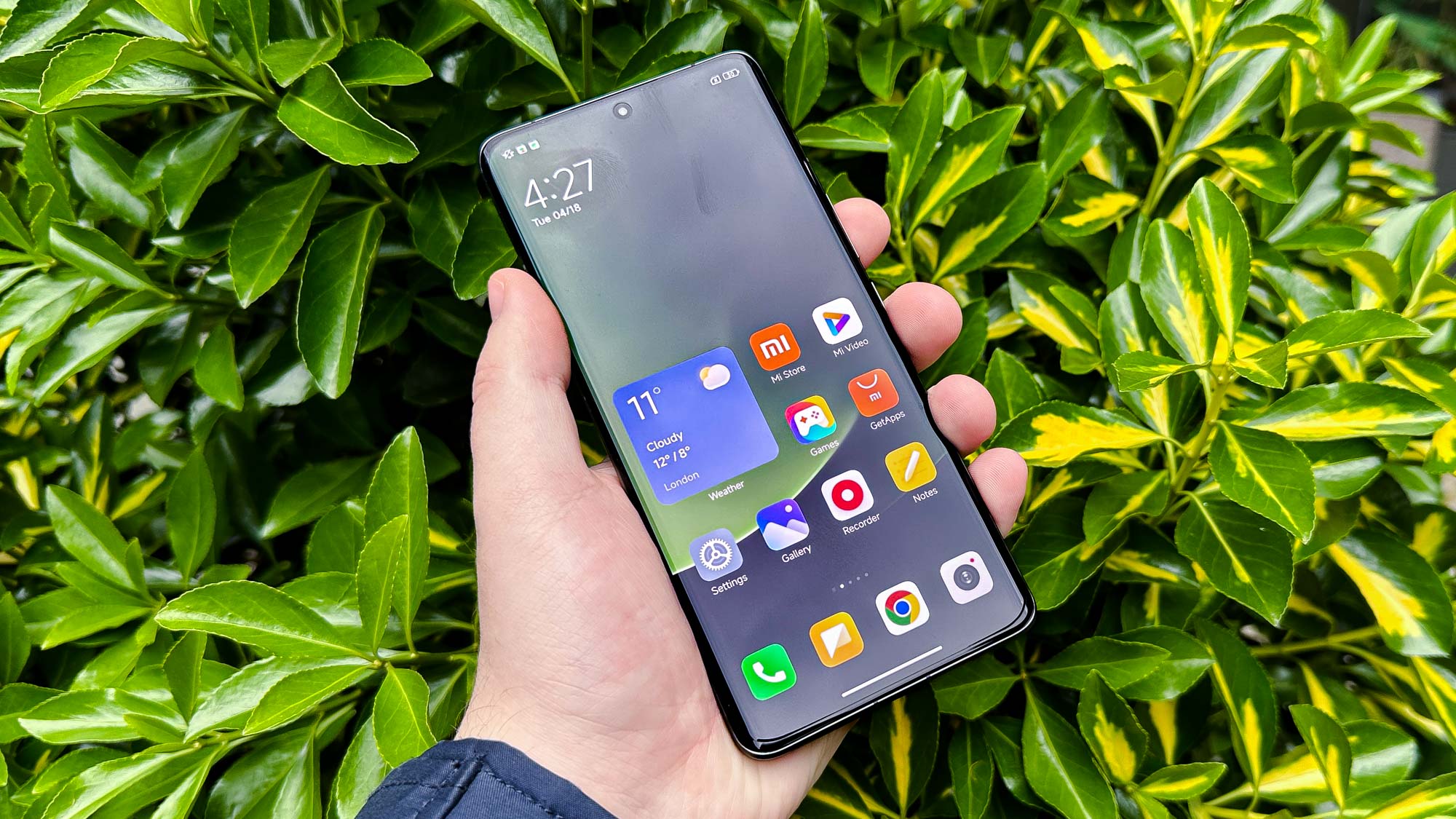
The Xiaomi 13 Ultra made a big splash with its recent debut, and for good reason. Xiaomi embraces the idea of an ultra phone in a way other brands can't match. See, for instance, the Xiaomi 11 Ultra, with its rear display and trio of 50MP cameras. And now the Xiaomi 13 Ultra is here: the camera phone that's the most "camera" that a camera phone's ever been.
The Xiaomi 13 Ultra provides four 50MP main cameras and a versatile toolbox of photography features, along with other flagship phone staples like a big and beautiful display, a large battery, the latest top-tier silicon and zippy charging. But squeezing that all into one handset has resulted in a phone that's quite unwieldy and likely very expensive. And to add insult to injury, the 13 Ultra's not coming to the U.K. according to Xiaomi's representatives; it's all but guaranteed to skip the U.S., too, given Xiaomi’s reluctance to ship phones to that country.
For all the nice things you're about to read about the Xiaomi 13 Ultra, bear in mind that you're likely not going to buy it, even if it suits your smartphone needs down to the ground. Instead, the best purpose the Xiaomi 13 Ultra can serve will be as a new benchmark for smartphone photography to be measured against. Consider this phone the secret final boss for more obtainable phones to face up to when they earn a place on our best camera phones guide.
Read on for our initial thoughts on the Xiaomi 13 Ultra, where it excels, and why ultimately we can't recommend it as the next device you buy.
Xiaomi 13 Ultra specs
Xiaomi 13 Ultra hands-on: Price and availability
We only know the pricing for the Xiaomi 13 Ultra in China right now, where it starts at RMB 5,999 (about $870) for the basic 12GB/256GB RAM and storage package. You can guarantee this price will be quite a bit higher by the time the global models go on sale, likely around the $1,200 mark of other top-flight Android flagships like the Samsung Galaxy S23 Ultra.
Xiaomi has confirmed that while the 13 Ultra will be sold globally, it won't be sold in the U.K. We have to assume it won't be sold in the U.S. either, where Xiaomi has no smartphone presence. That's a big hurdle for any phone to clear for us, even one as well-equipped as the Xiaomi 13 Ultra.
Xiaomi 13 Ultra hands-on: Design and display
Xiaomi only adopted some of the design language from its Xiaomi 13 and Xiaomi 13 Pro models for the Ultra, allowing the phone to look quite unique, albeit less distinctly like a Xiaomi product.
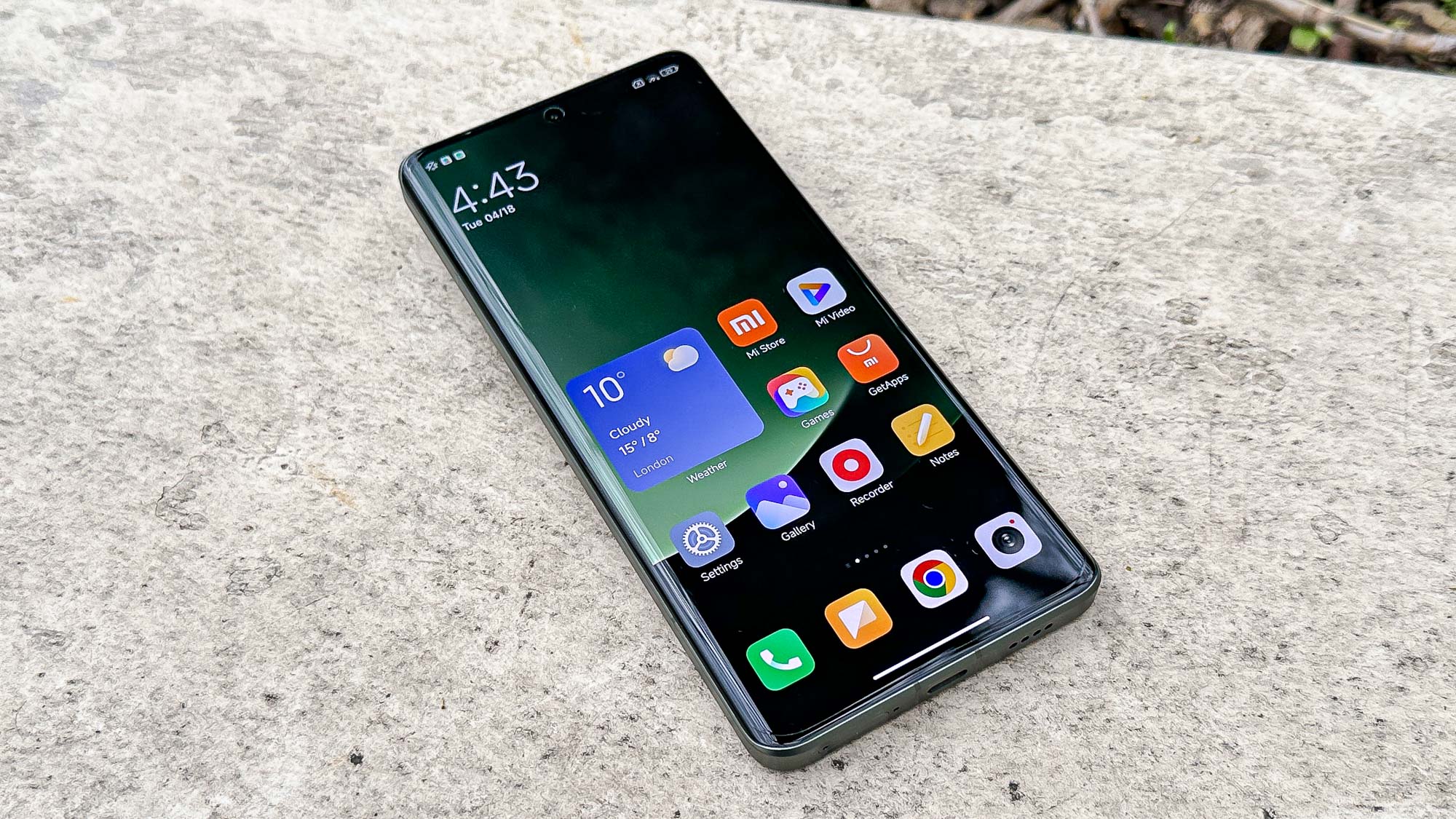
You get a curved 6.7-inch OLED display on the front of the Xiaomi 13 Ultra. That panel features a QHD resolution, a fully adaptive 120Hz refresh rate and 1,300 nits typical brightness. The curve is more subtle than some curved phones, but that's because the phone's so thick (0.36 inches) that it needs full flat side rails to fit everything in. One other minor drawback is the bottom bezel, which is distractingly thick for a flagship phone.
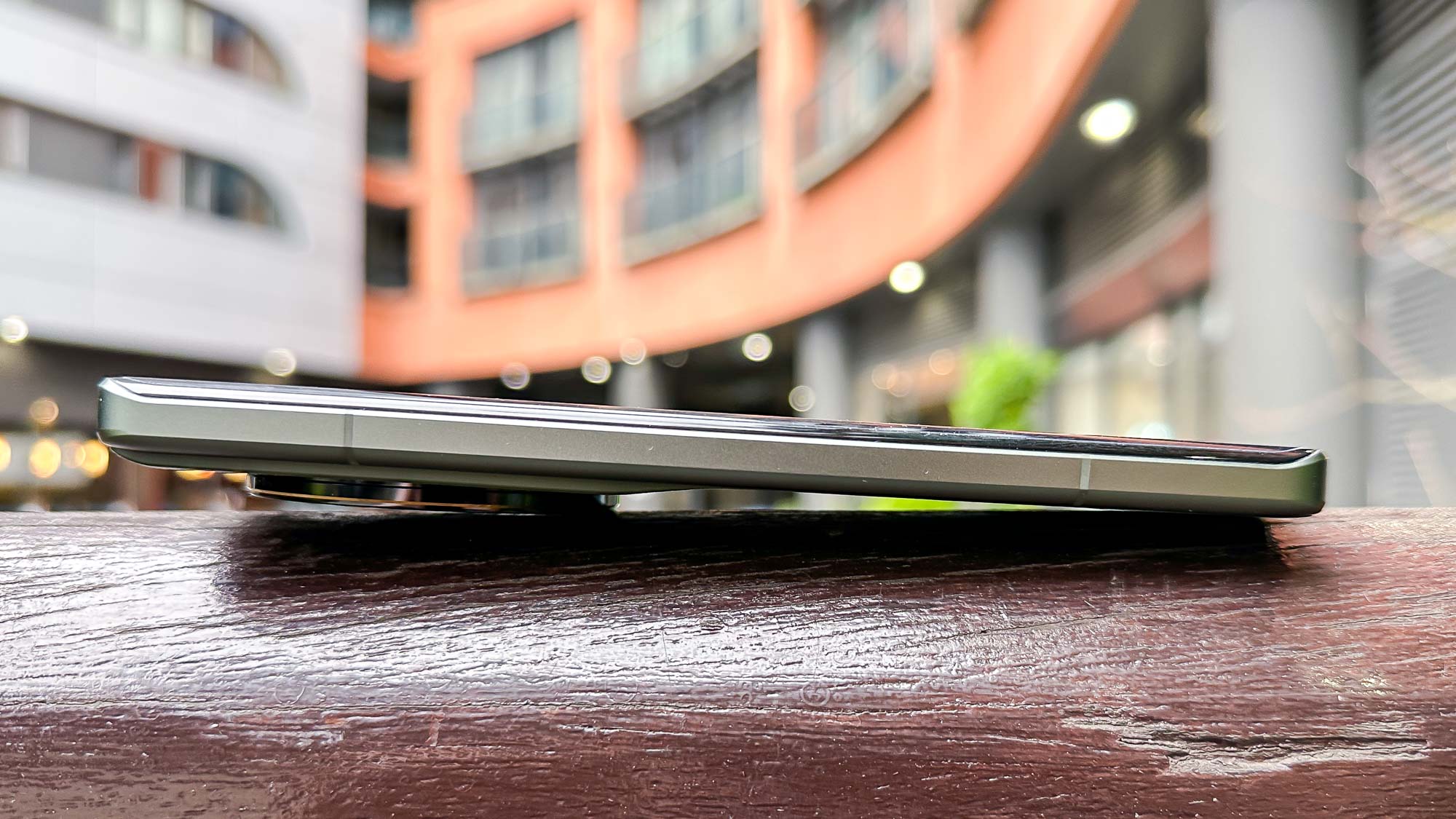
Flipping the Xiaomi 13 Ultra over reveals the huge circular camera array that is set into a raised portion of the phone's main panel. Resting the phone flat on a table, it could be mistaken for a shallow glass ski ramp due to the height of the camera block it's resting on. This is one of the chunkiest phones I've ever tested, and that's including foldables.
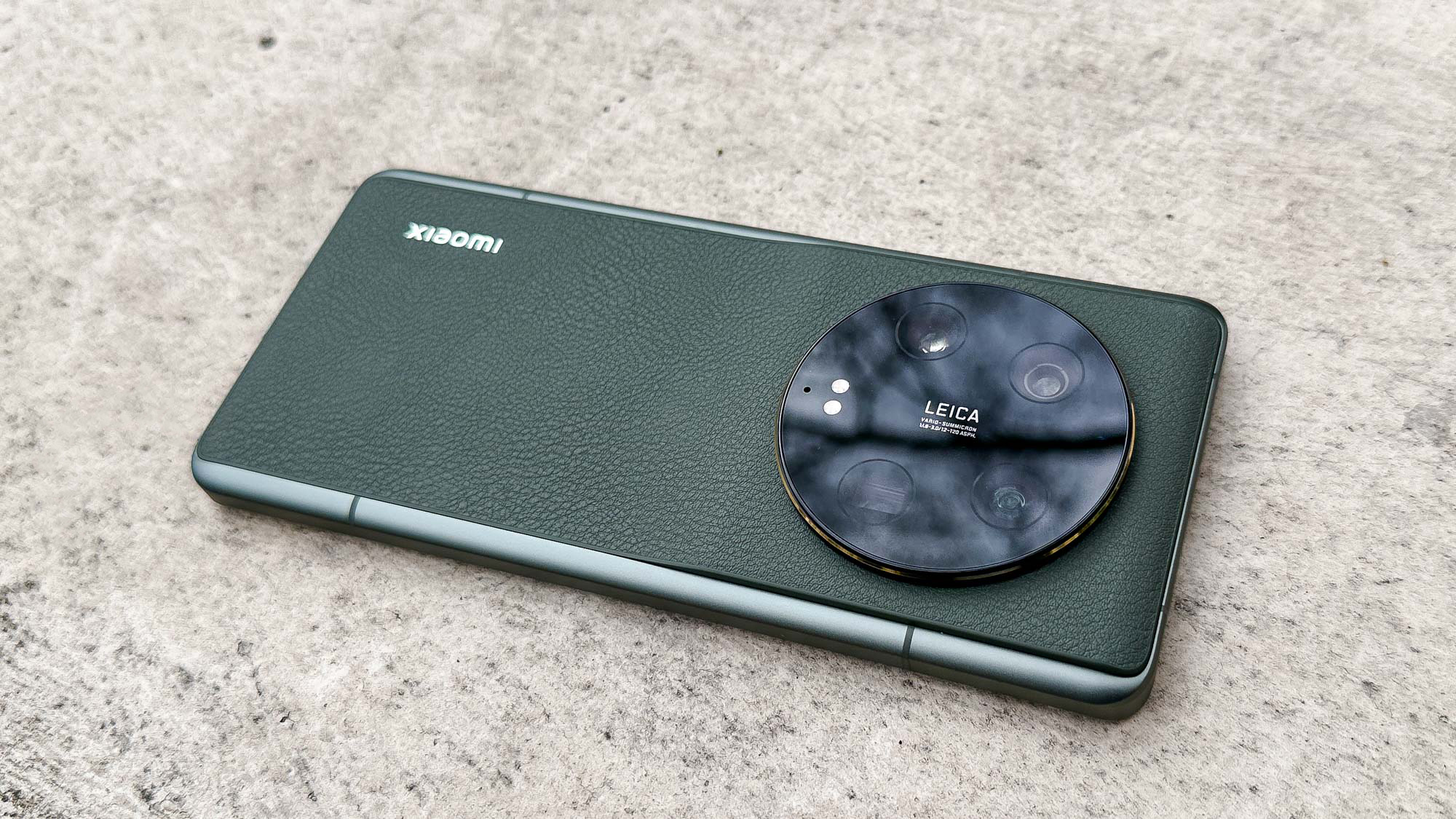
For durability, Xiaomi shelled out for Gorilla Glass Victus on the front (though not the latest Victus 2 glass used on the Galaxy S23 series), and rating for IP68 dust/water resistance. Meanwhile, your color choices are either Olive Green (pictured), Black and White, all with silicone leather back panels that apparently have an antibacterial quality, too.
Xiaomi 13 Ultra hands-on: Cameras
With four rear 50MP cameras, the Xiaomi 13 Ultra beats all other recent smartphones on camera tech. Even the Galaxy S23 Ultra can only point to its 200MP main camera against the Ultra’s quad-camera setup.
The Xiaomi 13 Ultra's extra-large main camera features a 1-inch lens for enhanced image brightness, and a variable aperture (more on that later). But in its standard mode, against the iPhone 14 Pro Max with this flower as a subject, we see how much more lively the Xiaomi's photo is.
The iPhone image is a touch sharper, but it's also grainier if you zoom in, which fits with Xiaomi's assertion that it and Leica have taken a light touch to photo processing with the 13 Ultra, letting the hardware do most of the work of getting good shots.
In this ultrawide comparison with the Samsung Galaxy S23, we can see how much Samsung’s phone cranks up the saturation of its photos, most noticeably in the sky and the plants. Exaggeration isn't something you always want in your photos though, as the Galaxy brings all the imperfections in the statue's surface to the fore.
If you did want detail though, you could enable the high-res 50MP photo mode on the Xiaomi 13 Ultra (its cameras default to 12MP) for any of its cameras, including the ultrawide lens, to pick up more of what's in shot.
Now we have Xiaomi's 3.2x telephoto camera up against the iPhone 14 Pro Max's 3x telephoto. Aside from the minor magnification difference, we again have a substantial megapixel and sensor size difference between the two phones, and sure enough the 13 Ultra's image is sharper as you focus on this large clock in Paddington Station.
We can also see how much the iPhone heightens the image's colors, which while appealing at first glance, that’s brought out the reflections in the clock's face for a messy-looking image.
With all this discussion of the rear lenses, you may forget there is a front camera on the Xiaomi 13 Ultra — a 32MP selfie cam, to be exact. In this portrait-mode selfie face-off against the Galaxy S23, we get another demonstration of the phones' different processing priorities. My skin's a flat pink in the S23's photo, but in the Xiaomi's you can see the subtle variations in tone, such as my cheeks being a little redder from the cold London weather.
One point in the S23's favor though is it's done a slightly better portrait cut-out. There's not much wrong with the Xiaomi shot, but as I've written before the portrait mode on Galaxy S23 phones is the best in the business right now, especially for glasses wearers like me.
Now we've got through our normal comparisons, we've got more to show off the important variables you can adjust on the Xiaomi 13 Ultra itself. Xiaomi is again making use of its partnership with Leica to upgrade the 13 Ultra's performance, offering several creative options within the camera app for experts to tune their photos to be just how they like them. Leica's even producing lens filter accessories to fit onto the back of the Xiaomi 13 Ultra, similar to the ones you can get for a regular camera. For this though, we'll just stick to what comes on the phone itself.


First off, like the other Xiaomi 13 models, you can select Leica Authentic or Leica Vibrant coloration for your images. We can see what a difference this makes in a photo of Paddington Station's Paddington Bear statue, with Authentic offering a plainer, more natural look and Vibrant increasing the color richness, more in line with other camera phones' processing styles.
Specific to the Ultra, you get a variable aperture on the main camera, allowing you to swap between an f/1.9 and an f/4.0 opening. This has been used on some phones in the past, but it's been a while since I've seen one featured on a brand-new device.
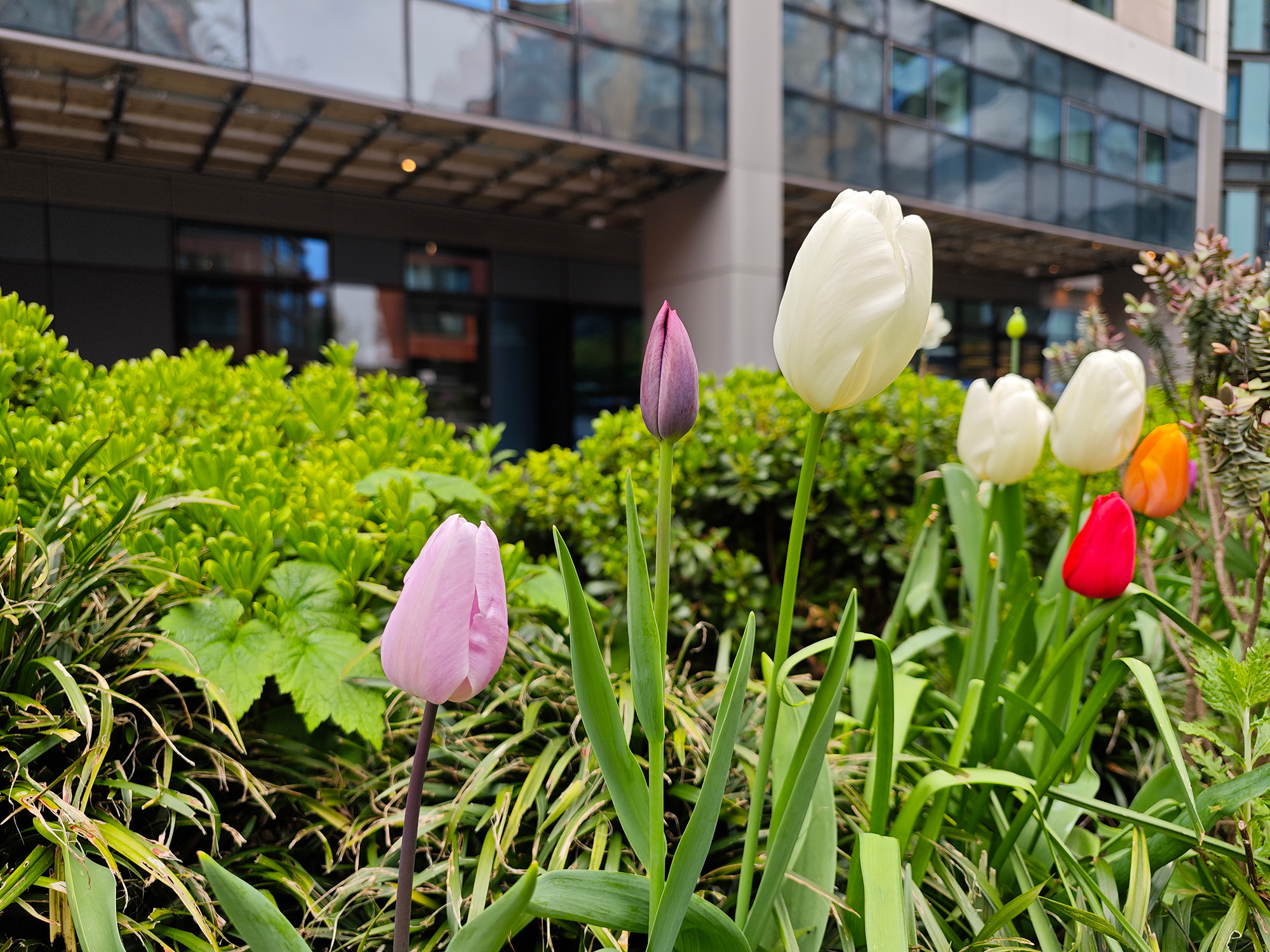
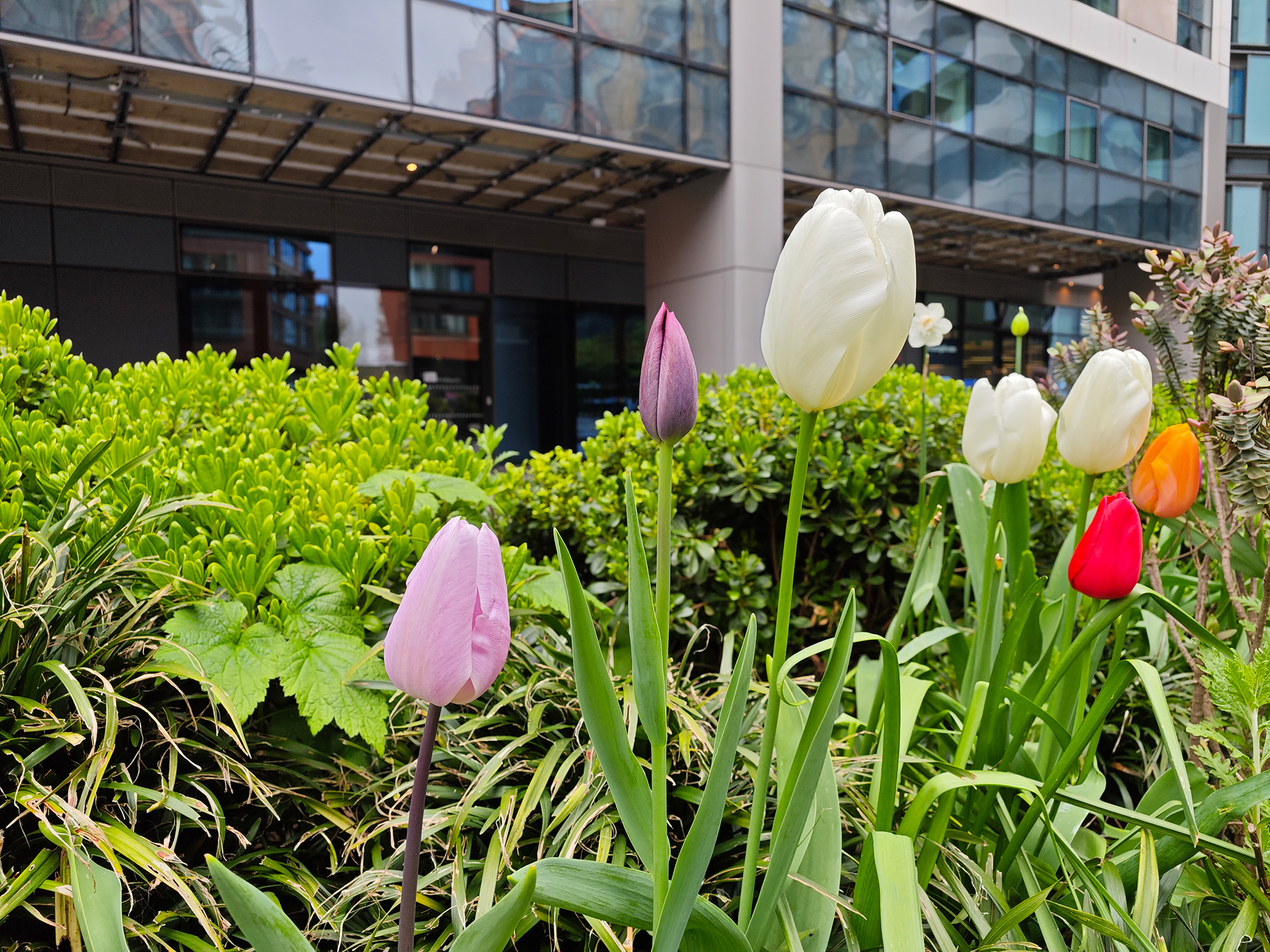
In essence, the larger f/1.9 opening allows for brighter and more vivid shots, but the smaller f/4.0 aperture gives you a deeper field of view, allowing more of your photo to appear in focus. You can see this in action in this flower photo, where the background is much clearer in the f/4.0 edition but the petals are a bit richer in color in the f/1.9 edition.
Now let's have a look at the difference between the phone's two zoom cameras. We've already looked at the Xiaomi's 3.2x camera in the comparison above, but it also features a 5x telephoto camera. I can't help but wonder if Xiaomi could have fit in a 10x telephoto camera instead of the 5x , so that the 13 Ultra could better challenge the Galaxy S23 Ultra and its two telephoto lenses, but I still like the images produced by the existing Xiaomi lenses.


The 5x zoom camera has a smaller aperture than the other three cameras, which is why its image is a fair bit darker than the 3.2x camera's shot. But otherwise, the two shots are fairly similar, with the large, high-res sensors of both cameras ensuring there's plenty of detail and clarity.
Xiaomi 13 Ultra hands-on: Performance
Xiaomi selected the same Snapdragon 8 Gen 2 chipset found in the Xiaomi 13 Pro and other leading Android flagships to power the 13 Ultra. The base mode includes 12GB RAM and 256GB storage. You can upgrade to 16GB RAM and 1TB RAM if you wish, though, which matches or beats every other leading Android phone on the market.
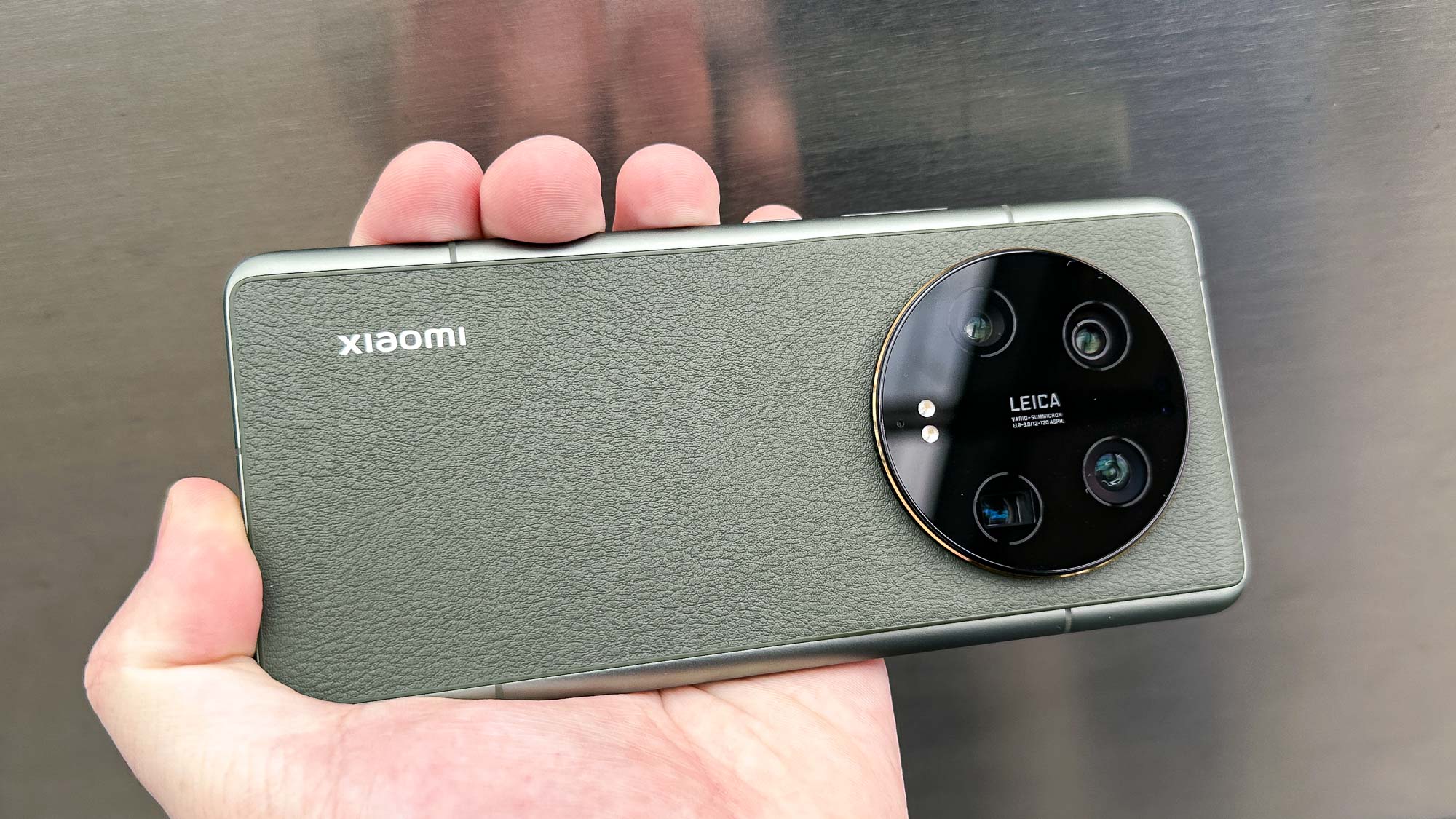
We're currently running benchmarks and other tests on the Xiaomi 13 Ultra, so check back with us soon for a look at how well it performs, and how that compares to rivals from Samsung, Apple and others. Considering the specs above, we have high hopes. Phones like the Galaxy S23 Ultra and OnePlus 11 feature the Snapdragon 8 Gen 2, and they’ve turned in some very impressive numbers in our testing.
Xiaomi 13 Ultra hands-on: Battery and charging
Xiaomi fitted the 13 Ultra with a 5,000 mAh battery, typical for a phone of its size. We haven't finished testing how long that battery can last, but when you are running low, Xiaomi says the phone will enable a special "Hibernation mode" that will allow an extra full hour of standby time even when you're down to 1% on the battery indicator.
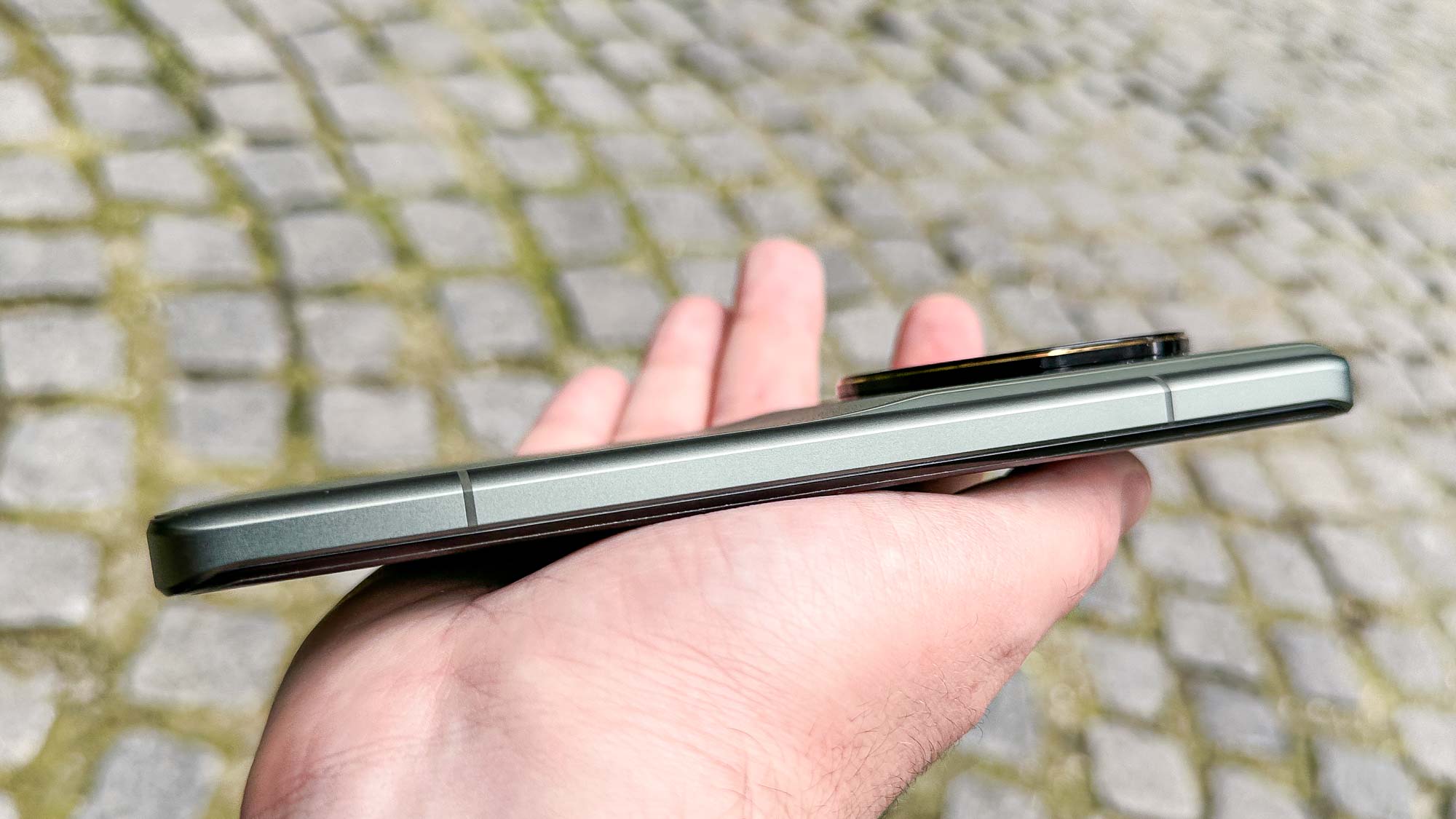
When you have to power the phone up again, the Xiaomi 13 Ultra features 90W wired charging that in our testing got the phone from 0% full to 48% in 15 minutes, 84% in 30 minutes and full in 42 minutes. That's not quite as fast as the 120W charging you get on the Xiaomi 13 Pro, but it's still pretty quick. There's 50W wireless charging for quick refueling sans cables too.
Xiaomi 13 Ultra hands-on: Software and special features
I've been using a pre-release Chinese Xiaomi 13 Ultra model which didn't come with the Google Play Store or a familiar keyboard layout, so it’s hard to truly assess the software experience. It didn't take long to fix things to my liking, thanks to the magic of APK downloads, but if you want this phone, make sure you buy one of the global models, which will most likely come with the apps and features you expect. Otherwise, the Xiaomi 13 Ultra will take an unexpected amount of set-up.
Xiaomi's MIUI 14 skin of Android 13 makes the basic OS hard to recognize, which has its advantages and disadvantages. Xiaomi phones feel noticeably different to use from other Android rivals, while still offering important customization options, like the ability to turn on an app drawer or enable/disable the separation of your notifications and the quick settings menu.
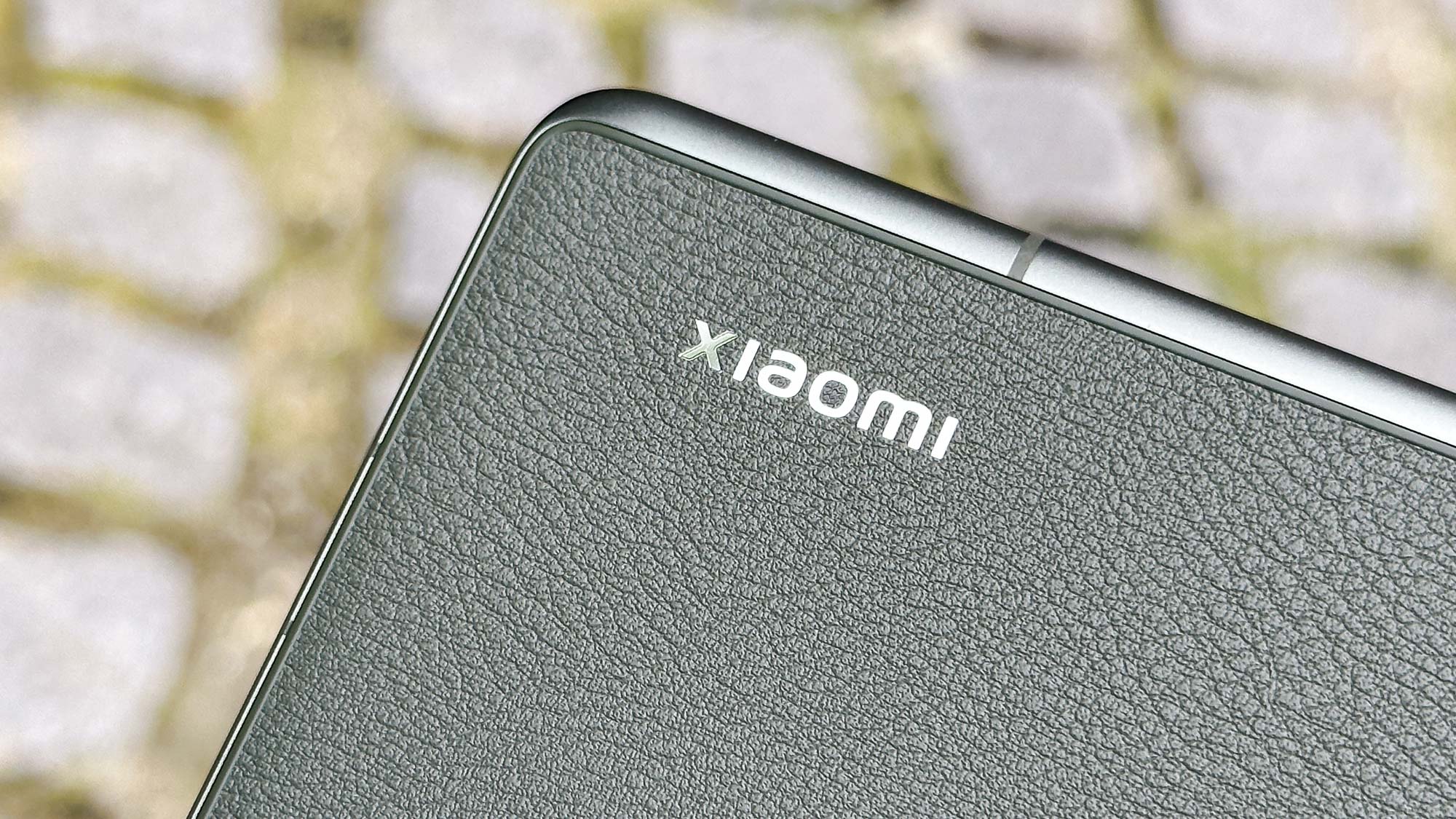
One oddity buried in the Xiaomi 13 Ultra's specs sheet is fingerprint sensor-based heart rate measuring, accessed through the included Mi Health app. I can't speak for how accurate it is, since I didn't have an additional method to double-check its data. Even assuming it's only generally accurate, such a feature could prove useful for anyone without a smartwatch or fitness tracker.
Xiaomi 13 Ultra hands-on: Verdict
Xiaomi may have produced the most full-loaded phone of 2023 with the Xiaomi 13 Ultra, but it's nearly impossible to recommend anyone buy it because of its limited availability. And that’s a shame, as the camera tricks you can perform with this phone are ones that few, if any, other phones are capable of.
Even better, the strengths of the Xiaomi 13 Ultra don’t stop with the cameras. You still get the gold standard in display and chipset tech for current Android phones, and rather fast charging on top of that — if you can get the phone at all.
If this phone was on sale for U.K. or U.S. readers, I would certainly be recommending it to the type of users who want amazing photography in an overall high-class smartphone body. Instead however, it feels better to point users towards devices like the Galaxy S23 Ultra, the Pixel 7 Pro, or the Sony Xperia IV if you're willing to pay even more for an even deeper camera experience. Better to go for a phone you can easily buy than one you'll have to work just to get sent to you.







